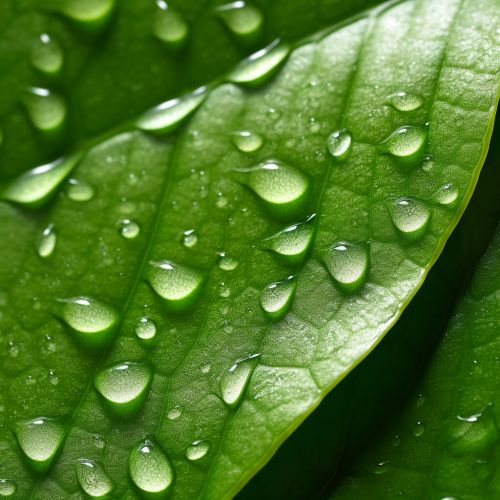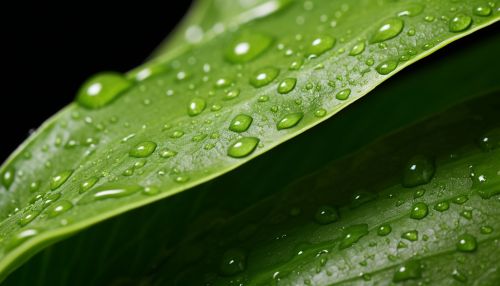Mechanisms of Salt Tolerance in Halophyte Plants
Introduction
Halophyte plants are unique flora that have adapted to survive in high-salinity environments such as salt marshes, mangroves, and saline semi-deserts. These plants have developed various adaptations to tolerate high salt concentrations, which would be lethal to most other plant species. This article explores the mechanisms of salt tolerance in halophyte plants, delving into the physiological, biochemical, and molecular strategies these plants employ to thrive in saline habitats.
Physiological Mechanisms
Halophyte plants have evolved a range of physiological mechanisms to deal with high salt concentrations. These include salt secretion, salt exclusion, and salt compartmentalization.
Salt Secretion
Salt glands and bladder cells are specialized structures found in some halophytes that facilitate salt secretion. These structures actively excrete excess salts from the plant tissues, thereby preventing salt accumulation to toxic levels.


Salt Exclusion
Salt exclusion is another important physiological mechanism employed by halophytes. This process involves the selective uptake of ions at the root level, where harmful salts are excluded while essential nutrients are absorbed.
Salt Compartmentalization
Some halophytes adopt a strategy of salt compartmentalization, where excess salts are sequestered into the vacuoles of plant cells. This prevents the salts from interfering with the metabolic processes in the cytoplasm.
Biochemical Mechanisms
In addition to physiological adaptations, halophytes also employ several biochemical strategies to cope with high salinity. These include the synthesis of compatible solutes and antioxidant enzymes.
Compatible Solutes
Compatible solutes are small organic molecules that are accumulated in high amounts in the cytoplasm of halophyte plants under saline conditions. These solutes, such as proline, glycine betaine, and sugars, help in osmotic adjustment and protect the cellular machinery from the damaging effects of salts.
Antioxidant Enzymes
High salt conditions often lead to the production of reactive oxygen species (ROS) in plant cells, causing oxidative stress. Halophytes counter this by enhancing the activity of antioxidant enzymes such as superoxide dismutase, catalase, and peroxidases, which neutralize the ROS and mitigate oxidative damage.
Molecular Mechanisms
At the molecular level, halophytes have evolved a complex network of genes and signaling pathways that regulate their responses to salt stress. These include salt overly sensitive (SOS) pathway, high-affinity K+ transporters (HKTs), and the production of stress-related proteins and hormones.
Salt Overly Sensitive (SOS) Pathway
The SOS pathway is a crucial salt tolerance mechanism in halophytes. It is involved in the regulation of sodium ion (Na+) homeostasis in plant cells under saline conditions. The SOS pathway comprises three core components: SOS1, SOS2, and SOS3, which work together to control Na+ efflux and prevent toxic Na+ accumulation in the cytoplasm.
High-Affinity K+ Transporters (HKTs)
HKTs play a key role in maintaining the balance of Na+ and potassium (K+) ions in halophyte plants. They help in the selective uptake of K+ over Na+, thereby preventing Na+ toxicity and ensuring the optimal functioning of various cellular processes.
Stress-Related Proteins and Hormones
Halophytes also produce various stress-related proteins and hormones in response to salt stress. These include heat shock proteins, late embryogenesis abundant (LEA) proteins, and stress hormones such as abscisic acid (ABA), which help in stress signaling and protection of cellular structures.
Conclusion
Halophyte plants have evolved a myriad of physiological, biochemical, and molecular mechanisms to tolerate high salt conditions. These adaptations not only allow them to survive but also to thrive in saline habitats. Understanding these mechanisms can provide valuable insights for improving salt tolerance in crop plants and addressing the challenges of salinity in agricultural soils.
